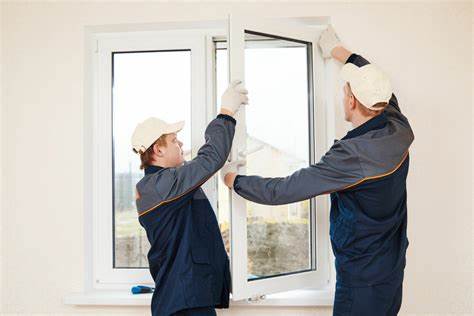When considering home improvement, the cost of window installation is a significant factor for many homeowners. Whether you’re looking to enhance your home’s energy efficiency with energy Star-certified windows, replace aging frames, or simply upgrade to a more modern aesthetic with custom windows, understanding the full scope of expenses involved is crucial. This guide will break down everything from the basics of window installation to the specific costs associated with different window types, materials, and brands.
We will explore various factors such as labor costs, window location, and additional charges for oversized and specialty windows. Keep reading to learn how to budget for your window replacement project and make informed decisions that could save you money in the long run.
What is Window Installation?
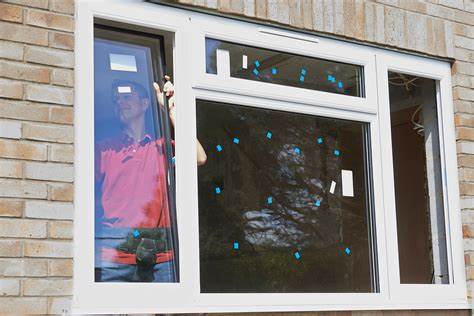
Window installation is a crucial process that influences both the comfort and the cost efficiency of your home. Understanding the costs associated with window installation can help homeowners make informed decisions about upgrading their homes. The process involves removing old windows and fitting new ones, which can vary significantly in cost depending on factors such as window type, material, and the complexity of the installation.
At its core, window installation includes assessing the existing frame, choosing the right type of window to fit your energy efficiency needs and aesthetic desires, and professionally fitting the new windows to ensure they function correctly and enhance energy efficiency. This could involve anything from installing simple single-pane windows to more complex installations like energy-efficient triple-pane or custom-designed skylight windows. Each choice impacts the overall cost, energy savings, and installation time.
Different Window Materials Available for Window Installation
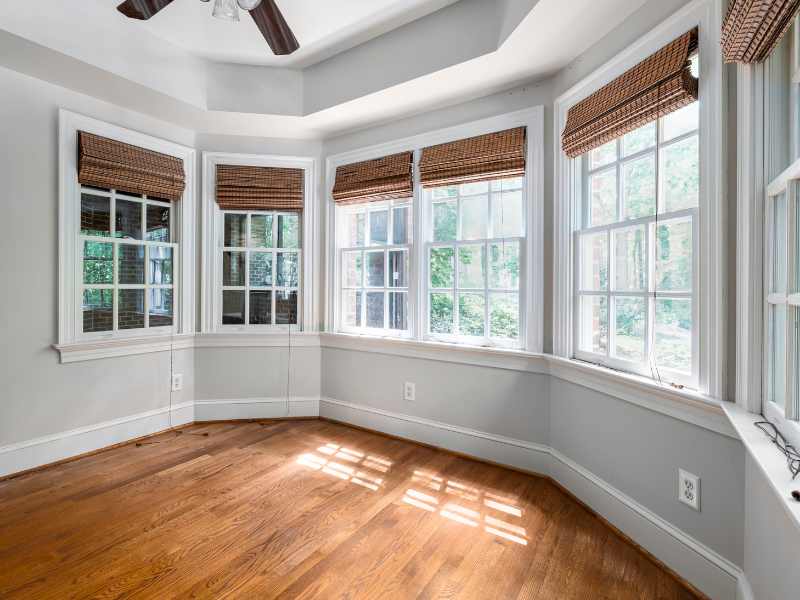
Choosing the right material for your windows is crucial as it affects not only the aesthetics and durability of your windows but also their cost and energy efficiency. Various materials offer different advantages, price points, and performance levels. This section will explore the costs and benefits of vinyl, wood, aluminum, fiberglass, and composite windows, helping you make an informed decision based on your specific needs and budget.
Vinyl Windows
Vinyl windows are popular for their affordability and low maintenance requirements. They are resistant to moisture and do not require painting or sealing.
- Advantages: Cost-effective, durable, good insulation properties, available in various styles.
- Price Range: Typically the most budget-friendly option, with costs varying depending on size and quality. Installation is usually straightforward, keeping labor costs lower compared to other materials.
Wood Windows
Wood windows provide a classic aesthetic and excellent natural insulation but come at a higher price.
- Costs Involved: Generally higher due to the material and craftsmanship required.
- Benefits: Superior aesthetic appeal, better insulation properties, can be customized to fit unique window openings and styles.
Aluminum Windows
Aluminum windows are chosen for their strength, thin frames, and modern look. They are particularly favored in commercial applications but are also suitable for residential settings.
- Overview of Costs: Typically more expensive than vinyl but less than wood. The cost is justified by durability and the slim profile that allows for larger glass panes.
- Installation Costs: Comparable to wood, depending on the project’s complexity and the window size.
Fiberglass Windows
Fiberglass windows offer robustness and energy efficiency, making them a great long-term investment.
- Evaluating Cost-Effectiveness: More expensive initially than vinyl but less than wood, with considerable energy savings over time due to excellent insulation properties.
- Longevity and Maintenance: Requires minimal upkeep and is resistant to warping and shrinking.
Composite Windows
Composite windows are made from a mixture of materials, combining the benefits of wood and vinyl.
- Costs: Situated between high-end wood and mid-range fiberglass in terms of price.
- Features: Durable, energy-efficient, and low maintenance, mimicking the look of wood without the extensive upkeep.
When selecting window materials, consider not only the upfront cost but also the long-term savings in energy bills, maintenance, and replacement costs. Each material has unique properties that can significantly affect the overall performance and cost-effectiveness of your window installation project. Whether you opt for the affordability of vinyl windows, the elegance of wood, the durability of aluminum, the energy efficiency of fiberglass, or the hybrid nature of composite windows, your choice should align with your home’s architectural style, climate, and budget.
Specific Windows Types and Installation Costs
Understanding the costs associated with different window types can help homeowners in Fort Worth and the surrounding metroplex make informed decisions about their window replacement projects. Let’s explore various window styles and their installation costs, considering factors that affect pricing and energy efficiency.
1. Casement Windows: Pricing and Installation Tips

Casement windows, known for their excellent ventilation, typically cost $400 to $600 per window for installation in the Fort Worth area. These energy-efficient windows are ideal for North Richland Hills homes seeking to maximize airflow. Installation tips:
- Ensure proper sealing to prevent drafts
- Consider energy Star-certified options for optimal efficiency
- Factor in additional costs for custom sizes or finishes
2. Awning Windows: Installation Cost Overview
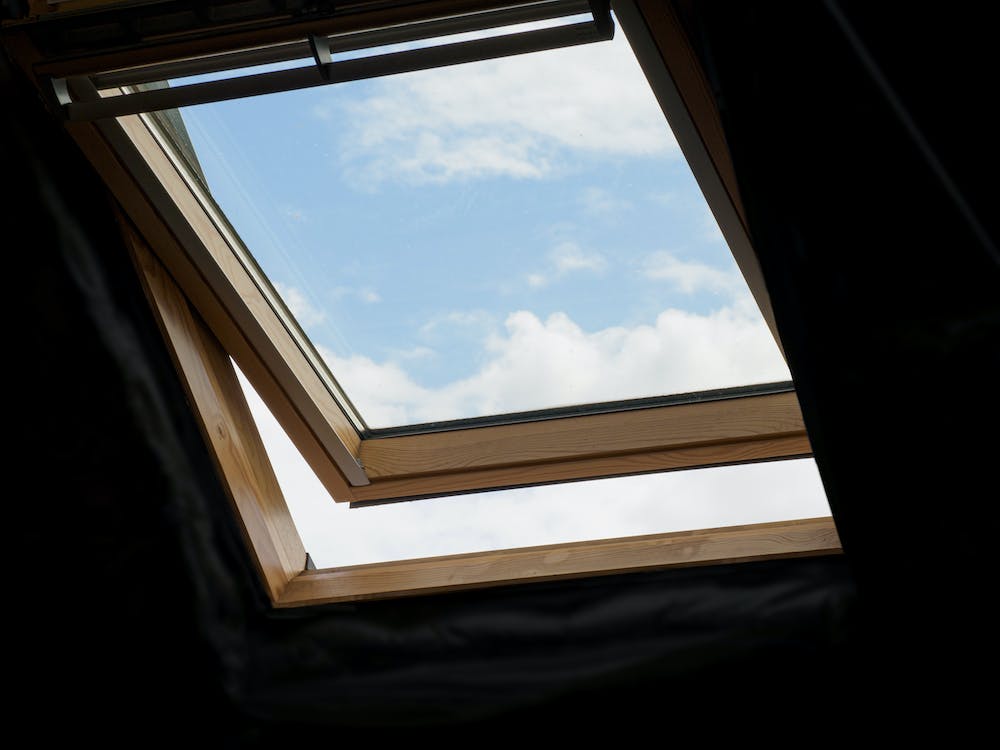
Awning windows, perfect for rainy Grand Prairie weather, range from $250 to $500 per window. Their unique design allows for ventilation even during light precipitation. Costs may increase for larger sizes or specialized glass options. Remember, professional installation from Sat-Sun can ensure these windows function correctly and provide maximum energy savings.
3. Costs Involved in Installing Double-Hung Windows
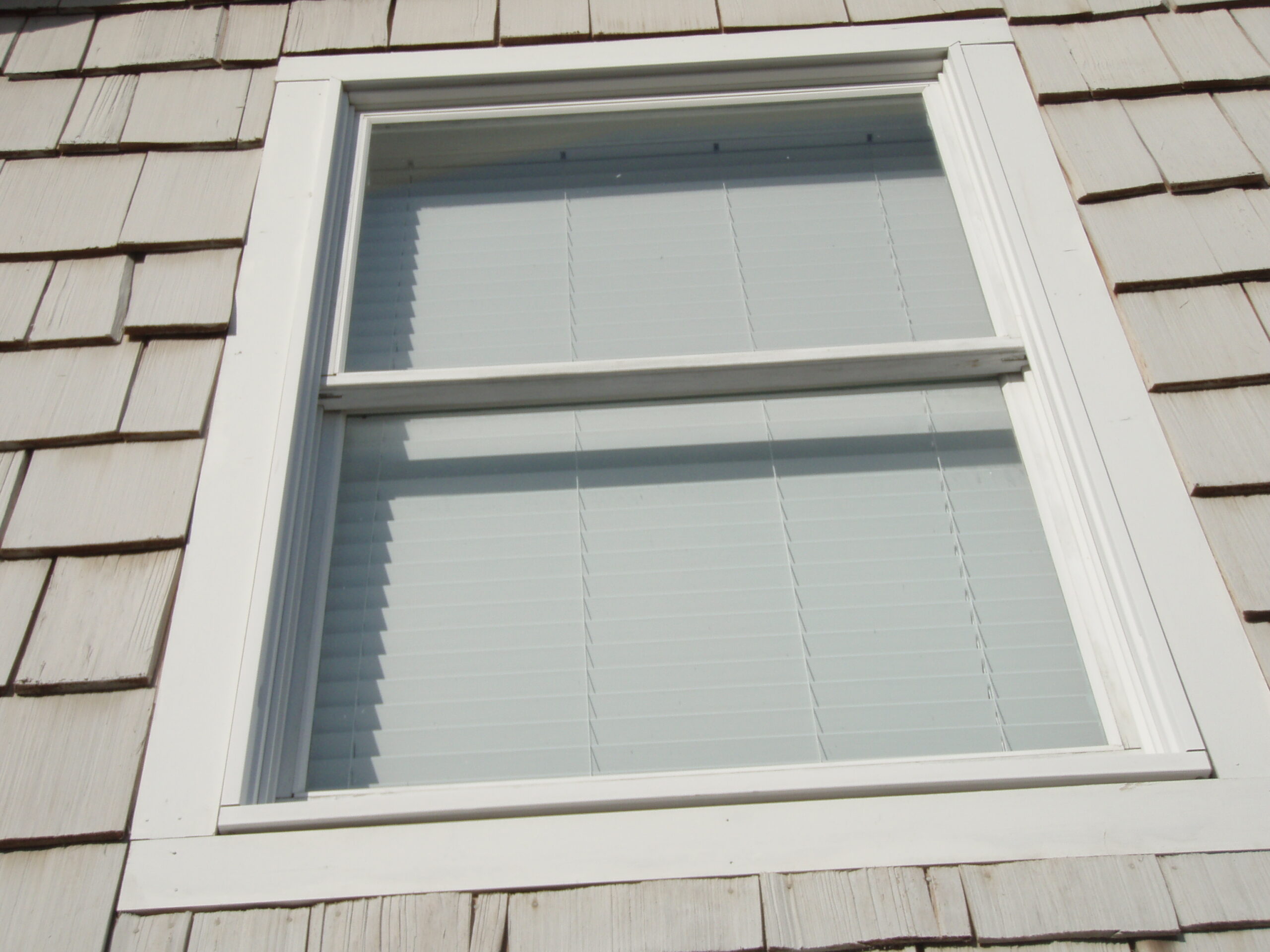
Double-hung windows are a popular choice across the Fort Worth metroplex, with costs ranging from $300 to $800 per window. These versatile windows offer excellent ventilation and easy cleaning. Factors affecting cost include:
- Window material (vinyl, wood, or fiberglass)
- Energy efficiency ratings
- Size and customization options
Many great companies in the industry offer competitive prices for double-hung window replacements, often including a limited lifetime warranty.
4. Single Hung Windows: A Budget-Friendly Option
For homeowners seeking a more economical option, single-hung windows typically cost $200 to $400 per window. While less versatile than their double-hung counterparts, they still offer good ventilation and can be an excellent choice for budget-conscious renovations. Look for Energy Star-certified models to maximize energy efficiency and potential utility bill savings.
5. The Expense of Installing Picture Windows
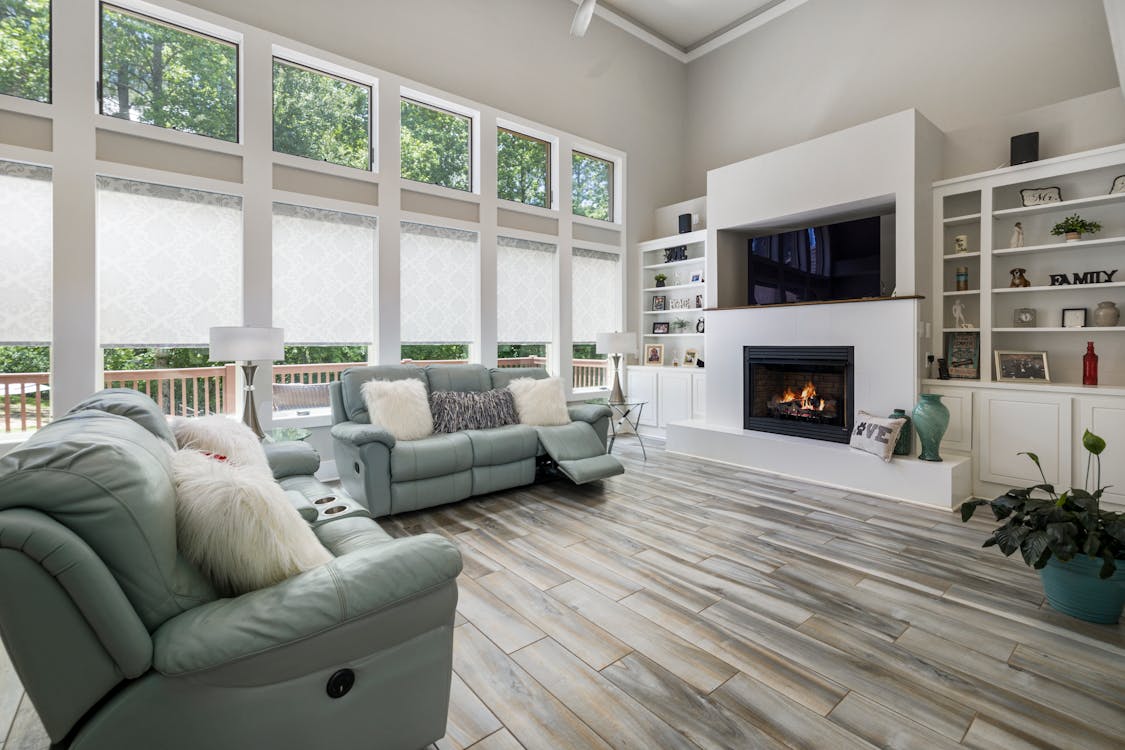
Picture windows, also called fixed windows, are a stunning addition to any home, offering unobstructed views and abundant natural light. Installation costs range from $300 to $1,000 or more, depending on size. While they don’t open, picture windows can significantly enhance your home’s aesthetic and energy efficiency when properly installed by professionals serving the Fort Worth area.
6. Specialty Windows: Custom Costs and Considerations
Specialty and oversized windows can add unique character to your home but come with higher price tags. Costs can range from $500 to several thousand dollars per window, depending on size, shape, and materials. These custom options often require expert installation, so factor in additional labor costs when budgeting for your project.
7. Egress Windows: Safety and Cost Analysis
Egress windows, crucial for basement bedrooms and other living spaces, typically cost $1,000 to $5,000 per window, including necessary construction. While expensive, these windows are essential for safety and often required by building codes. The investment not only enhances safety but can also add value to your home.
Take Note: When considering window replacements and installation, remember that factors such as retrofit vs. full-frame replacement, glass repair needs, and additional features like solar screens can affect the overall cost. Many companies offer free estimates, so don’t hesitate to shop around for the best combination of quality, service, and price. With the right windows and professional installation, you can enhance your home’s comfort, value, and energy efficiency for years to come.
What Are the Cost Factors for A Window Installation Project?
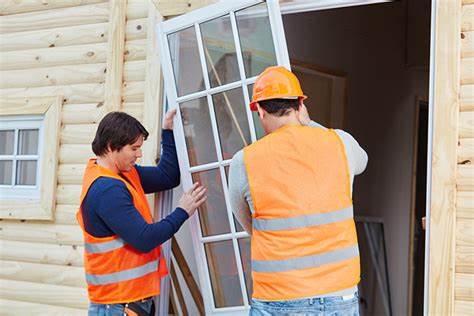
Replacing windows in your home is a significant investment that can enhance both comfort and energy efficiency. However, the total cost of installing windows can vary widely based on several key factors. It’s crucial to understand how these factors affect the cost to better budget for your window upgrade project and to make informed choices that align with your needs and financial considerations.
Size of Windows
Generally, the larger the window, the higher the cost for both materials and installation. Larger windows require more material and often more complex installation efforts, which can increase the overall price.
Material Used
The type of material chosen for the windows plays a significant role in the cost. Materials such as vinyl, wood, fiberglass, and aluminum vary in price, with each offering different benefits in terms of durability, maintenance, and energy efficiency. Higher-quality materials that offer better insulation and longer lifespans typically come at a higher cost but can provide more significant long-term savings through reduced energy bills.
Number of Windows
The total number of windows you plan to replace can also affect the overall cost. Installing multiple windows at once can often reduce the cost per window, as many companies offer bulk installation discounts. This can be a cost-effective strategy for larger projects involving many windows.
Type of Installation
The installation method can significantly influence the cost. Retrofit installations, where the new windows are installed within the existing frames, are generally less costly than full frame replacements. Full frame replacements involve removing the entire existing window, including the frame, which can be necessary if the existing structures are damaged or deteriorating. Although more expensive, full-frame replacements can provide better insulation and are a good opportunity to completely update the window style and functionality.
Complexity of Installation
The difficulty of the installation process can impact labor costs. Features like custom window shapes, sizes, or installations in hard-to-reach places can add to the complexity and cost.
Window Upgrades
Choosing windows with additional features such as built-in blinds, enhanced UV protection, or advanced locking mechanisms can increase the cost but also add to the functionality and value of the windows.
Energy Efficiency
Opting for energy-efficient windows, such as those with double or triple-pane glass or low-E coatings, typically costs more upfront but leads to greater savings in heating and cooling costs over time.
Understanding these factors will help you navigate the process of window replacement and ensure that you make choices that balance cost with benefits such as increased property value, improved comfort, and lower energy usage. Whether you’re considering a few simple upgrades or a full replacement, each decision should consider how it impacts both the initial investment and the long-term savings.
Labor Costs
Labor costs for window installation can vary widely based on the complexity of the job and the region. Typically, labor makes up a significant portion of the overall cost, especially for high-end or complex window styles such as triple pane or custom-shaped windows. Installations that require structural changes or have hard-to-reach locations might lead to higher labor charges. On average, professional installation can take about an hour per window, but this can extend depending on the project specifics.
The Impact of Window Location
The location of a window plays a crucial role in determining installation costs. Windows that are higher up or in difficult-to-access areas often require additional safety equipment and manpower, increasing the overall cost. Additionally, the type of wall material—whether it’s brick, stone, or wood—can affect installation complexity and cost. Interior windows, like those between rooms or overlooking a hallway, may have lower installation costs compared to exterior windows facing environmental elements.
Additional Costs for Custom Window Projects
Custom window designs often come with higher price tags due to the need for specialized materials and manufacturing processes. Custom shapes, sizes, or features like stained glass or unique window panes can significantly increase costs. Additionally, installing custom windows usually requires skilled installers who are experienced with non-standard products, which can also add to the labor costs. Furthermore, because these windows are not mass-produced, replacing damaged custom windows can be more expensive and time-consuming.
Understanding these additional factors and how they influence the overall costs of a window installation project can help you better prepare for the financial investment involved. Whether you are replacing a few windows or renovating your entire house, being aware of these costs ensures there are no surprises down the line.
DIY vs. Professional Installation
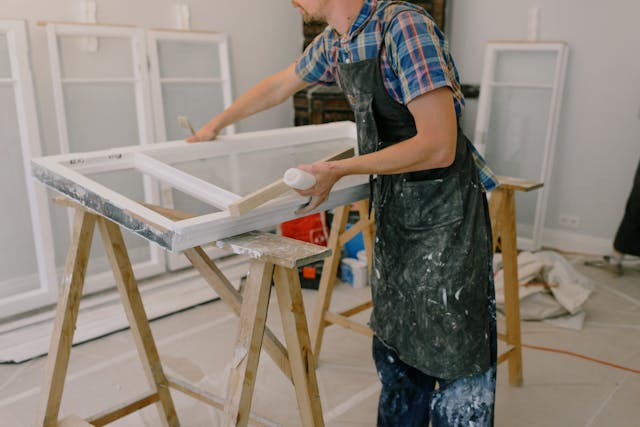
Choosing between DIY and professional window installation is pivotal, impacting both cost-effectiveness and the integrity of your project. While DIY can offer significant savings and personal satisfaction, professional installation guarantees expert craftsmanship, especially crucial for advanced installations such as double-hung or energy-efficient windows. This section delves into the advantages and potential drawbacks of each approach to guide your decision-making process for your window installation or replacement project.
DIY Window Replacement: Is It Cost-Effective?
Embarking on a DIY window replacement might seem cost-effective initially, primarily by avoiding professional labor costs. However, several factors could mitigate these apparent savings:
- Risk of Errors: The lack of professional tools and experience can lead to mistakes, such as improper window frame alignment or sealing, leading to air leaks and potential water damage, which could escalate energy bills and necessitate expensive repairs.
- Tool Investment: Specific installations, especially for types like fiberglass frames or triple pane windows, require specialized tools, which you might need to buy or rent.
- Time Expenditure: DIY projects often demand a substantial time investment, particularly if you are unfamiliar with the task, which can extend the project duration beyond initial estimates.
- Warranty Considerations: Improper installation might void warranties provided by window companies, especially for premium window brands or specific products like storm windows or egress windows, potentially leading to higher long-term costs.
Choosing the Right Window Installers
The success of your window installation heavily relies on the expertise of the installer. Here are essential tips to ensure you select a qualified professional:
- Verify Certifications and Licensing: Confirm that the installer has proper licensing for your region and holds certifications from industry-recognized bodies, ensuring they’re qualified to install various window types, from fixed windows to more complex retrofit replacements.
- Assess Reviews and Ask for References: Investigate online reviews and request references to evaluate their work quality and reliability, particularly for intricate projects involving composite windows or full frame replacements.
- Solicit Multiple Detailed Quotes: Obtain and compare quotes from several installers, focusing on what each service includes, such as removing existing windows or installing new double-pane windows.
- Inquire About Specific Experience: If your project involves specialized window types, such as high-efficiency or oversized windows, ensure the installer has relevant experience.
When contemplating window replacement or new installations, the importance of proper installation cannot be overstated. It affects everything from energy efficiency and structural integrity to security and cost efficiency. Assessing factors that affect the cost, such as the type of window, the complexity of the installation, and potential future repairs, is crucial. Opting for professional installation can often save money and time in the long run, ensuring that your windows perform as expected and contribute to the overall value, appearance, and energy efficiency of your home.
How Energy Star Certified Windows Save Money
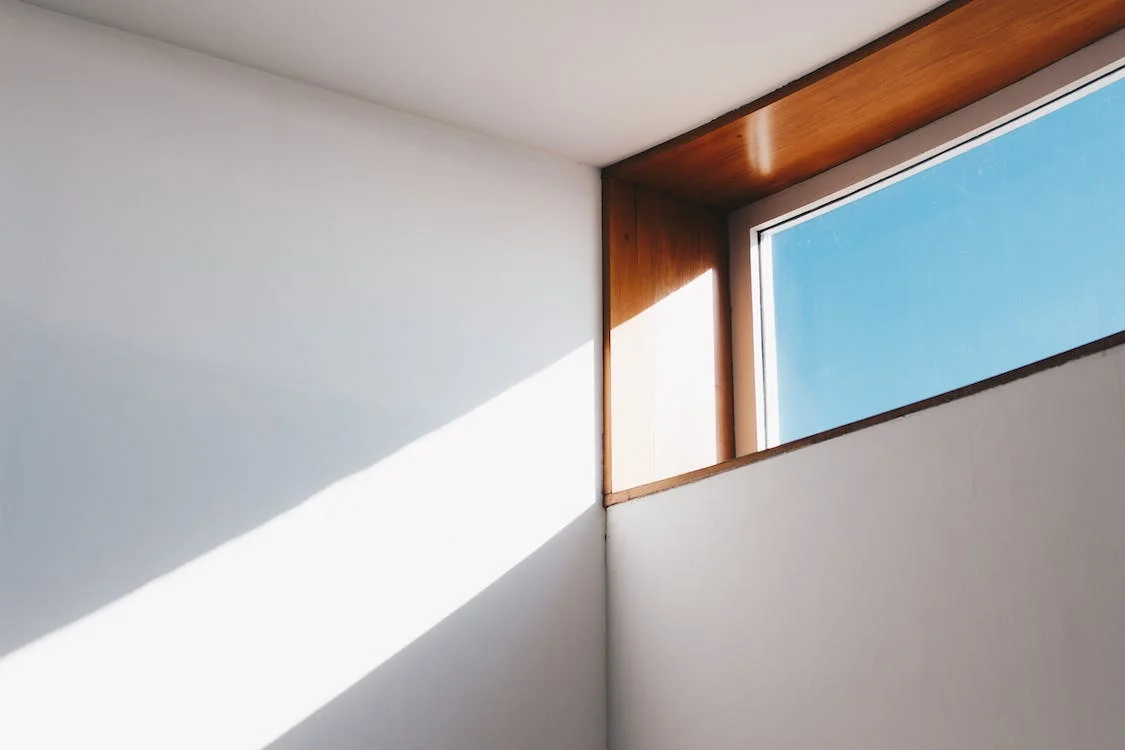
Energy Star-certified windows offer significant savings for homeowners in Fort Worth and the Metroplex. While the initial window replacement cost may be higher, these energy-efficient windows can reduce utility bills over time. The average cost to replace windows varies, but factors like size, material, and how many windows you’re replacing affect the price.
Top window brands offer various styles, including fixed windows, to suit different needs. When planning to install windows, consider a reputable company serving North Richland Hills, Grand Prairie, and surrounding areas. Many offer services Sat-Sun, providing excellent work at reasonable prices.
Professional installation ensures optimal performance of your new, energy-efficient windows. Look for companies offering a limited lifetime warranty and additional services like glass repair and solar screen installation. Replacing windows with Energy Star options can improve your home’s comfort, value, and efficiency, making it a smart investment for both your wallet and the environment.
Final Thoughts on Window Installation Costs
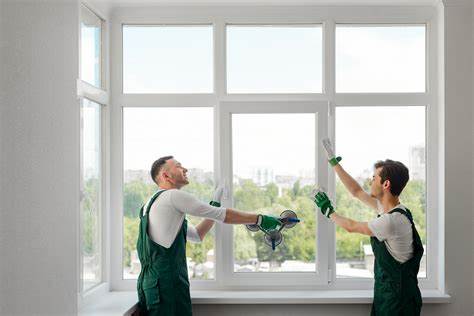
Window installation is a significant home improvement project that can enhance your home’s aesthetic, comfort, and value. From understanding the costs associated with different types of windows like double-hung or transom windows to choosing between a retrofit replacement or full-frame installation, it’s important to consider all aspects to manage your budget effectively. Remember, the cheapest option isn’t always the most cost-effective in the long run. Investing in higher-quality windows like Energy Star-certified ones can save more money on energy bills over time.
When planning your window project, consider factors like the existing window frame condition, the number of windows needed, and the specific window styles that match your home’s architecture. Always consult with professional window installers to get accurate estimates of window replacement costs and installation fees. By choosing the right windows and ensuring proper installation, you can enhance your home’s energy efficiency and enjoy long-term savings.

